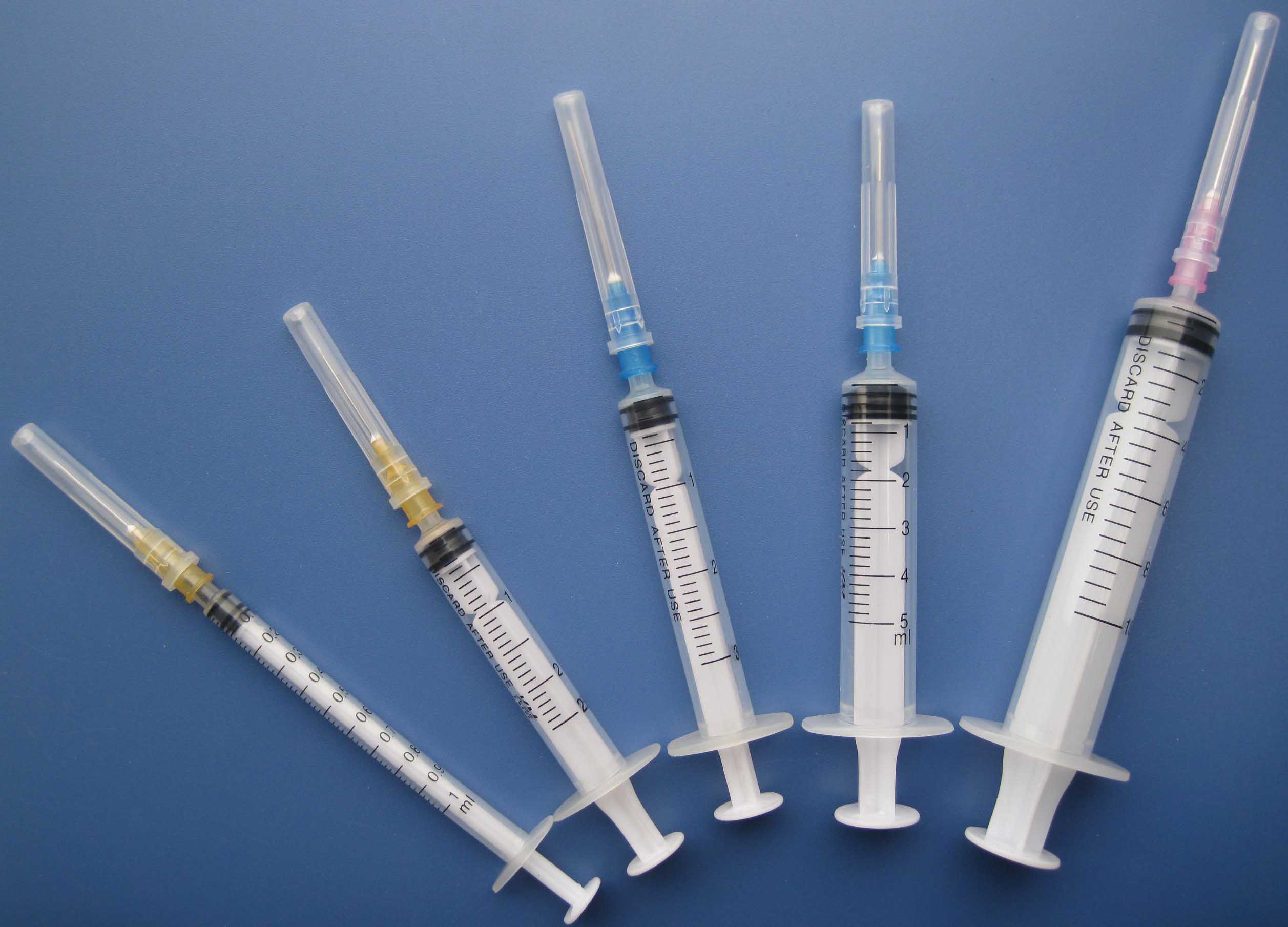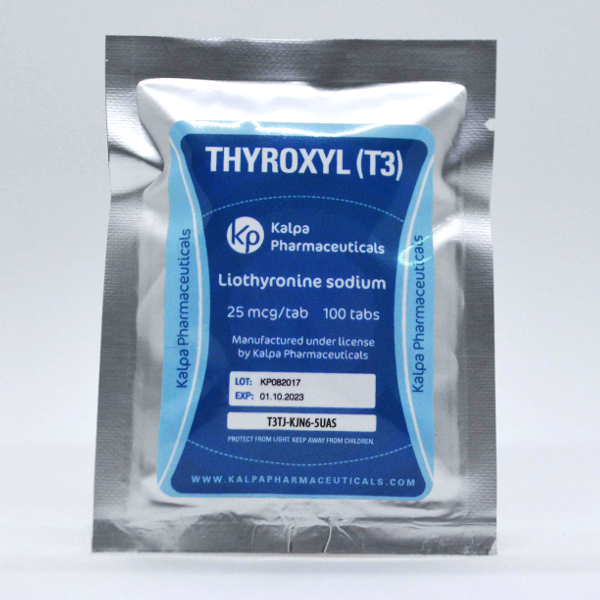Tag: Steroid Alternatives

Does Syringe Size Matter When Injecting Steroids?
Q: I am planning on doing a cycle here really soon. I’ve only done about 3 in my life and of those three, I had help with all of them—even down to the size of needle I would need. I’m on my own now, and don’t have the help anymore. Can you tell me what size needle I’d need for each drug?
A: Some AS require a certain size because of their composition and because of differences in viscosity of the liquid, so there is a definite protocol there for thickness. However, one must also consider how long the needle ought to be and that’s where some people end up injuring themselves. With a needle that is too narrow in size, and a steroid that is oil-based or has crystals, all that will happen is a failure to be able to pull the substance up into the syringe. However, if using a needle that is too long, and is injected into a muscle like the quad or calf, it can cause irreparable tissue damage because it travels too deep into the muscle. For the purposes of this column, I’ll assume you’re talking both length and diameter of needle here.
Site determines the length of needle you’ll want to use. If it’s in the hip, an often-fleshier area of the body, then the needle can be a little longer to accommodate piercing flesh, fat and muscle. Needle length will also have to be altered when your body fat is either lower or higher than normal. There is no need to push a 2-inch needle into your hip if you are hovering around 6% body fat. Likewise, a one-inch needle will not penetrate that 40-pound post-contest weight gain either!
Mostly, a 1.5” or 1” needle will do the trick, but keep a few 2” points around for good measure if you have higher body fat or get bloated often. As for the barrel of the needle (how wide the hole is for liquid to pass through), you’ll want to keep it as small as possible to avoid injury, but keep a few sizes around that accommodate both oil based AS and crystal base AS. The drugs to which I’m referring in those two categories are true veterinary crystal-based Stanoxyl Depot (the human Winstrol from Europe is not crystal based) and oil based drugs such as in the testosterone family (excluding test suspension, which is not oil-based). Still, I don’t think there’s ever a cause to drop beneath an 18-gauge size. I prefer a 21-23 myself, but sometimes when you’re mixing substances in one 3cc syringe, it becomes difficult. Remember, you can also draw up into the syringe with one needle that’s a little bigger and screw on a smaller one if you are mixing.
Sometimes the mix of lighter viscosity AS will thin out the heavier viscosity additions and make it possible for you to use a smaller needle all around. But then again, it depends upon how paranoid you are about injections. Some people will only use a scant 25-gauge needle, and nothing bigger, and simply avoid the heavier drugs in order to stay with the smaller size.

ECA & T3 During An Aas Cycle
“Can I mix ECA or T3 with my anabolic steroid stack?” This question is asked very frequently by steroid users ready to cut some body fat in anticipation of an upcoming show. The answer is yes, you can. However, there are some factors of which you should analyze before using either drug. Remember that every individual is different and that these are only general guidelines for how most bodybuilders respond to the use of these compounds.
Why would this even be a question? Well, ECA is a compound that can cause some major changes in the body. It can also lead to some pretty undesirable interactions with other drugs. Mixing ECA with SSRI anti-depressants, antibiotics, or even some cough medicines can cause serious cardiac damage, or even death. Wise users of ECA (a stack of 200 mg caffeine, 25 mg ephedrine, and 200 mg aspirin) will check for interactions with any drugs they use, including anabolic steroids.
Another argument exists as to whether or not the cutting agent T3 should be using with an AAS cycle – or even at all. If you are a bodybuilder competing at the local, regional, or even state level, you don’t need to use T3. This may run contrary to the wishes of some intermediate bodybuilders who have read about T3 and fallen in love with the idea of using it. However, attempting to alter the thyroid function is something that should only be done by advanced bodybuilders who really need a level of cutting power that ECA cannot provide.
It’s true that there is going to be a drop in your natural T3 and T4 levels when supplementing with either anabolic steroids or human growth hormone. Trenbolone in particular can wreck T3 production for the short-term. Androgens decrease thyroid output. Dropping calories won’t help much either. However, this decreased thyroid output will be minimal, and your body will recover (read: return to normal function) within a month or so after AAS use is halted. The recovery from thyroid altering drugs often takes much longer.
If you are going to run T3 with your bodybuilding cycle, limits its use to the very tail end of your pre-contest diet, when the show is two weeks away, you are possibly behind schedule, and the ECA isn’t working like it did earlier in the diet. At this point, it may be useful to allow a very short-term bump to your metabolism and fat burning processes. However, long-term use of T3 during the entire pre-contest phase (or worse, for the duration of the year) is never advised.
In the bigger picture, your metabolism is your best friend when it comes to long-term weight management. Anything which may adversely affect it – including the use of thyroid medication when none is needed for health purposes – should be avoided. Obviously, many top-level bodybuilders are going to justify the use of these drugs because their livelihood depends upon it. For amateurs competing at the state level or lower, however, the use of these drugs are not necessary or advisable.
- 1
- 2
